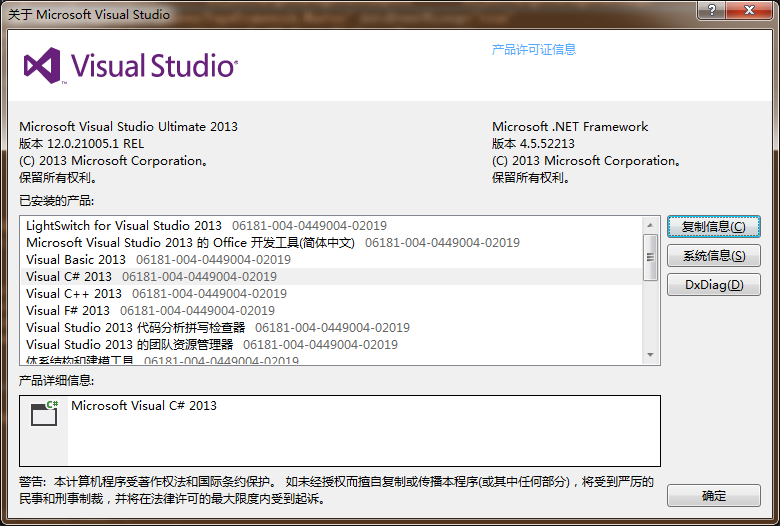The possible values for UIDevice.orientation include UIDeviceOrientationFaceUp and UIDeviceOrientationFaceDown. While it might be useful to know that the device is flat, this doesn\'t tell us whether it\'s flat displaying an interface oriented in portrait or landscape mode. Is there a way to find the current orientation of the GUI in cases where the device is returning ambiguous information? I suppose I could track orientation change events to remember the last portrait/landscape orientation or check the main UIView\'s bounds height and width, but that seems kludgey. Is there a property on the device or UIView that I\'m missing?
问题:
回答1:
In a viewcontroller you can simply use the code:
UIInterfaceOrientation interfaceOrientation = self.interfaceOrientation;
The UIInterfaceOrientation is an enum:
typedef enum {
UIInterfaceOrientationPortrait = UIDeviceOrientationPortrait,
UIInterfaceOrientationPortraitUpsideDown = UIDeviceOrientationPortraitUpsideDown,
UIInterfaceOrientationLandscapeLeft = UIDeviceOrientationLandscapeLeft,
UIInterfaceOrientationLandscapeRight = UIDeviceOrientationLandscapeRight
} UIInterfaceOrientation;
回答2:
You can get orientation by 3 ways:
UIInterfaceOrientation orientation = self.interfaceOrientation;returns UIInterfaceOrientation, current orientation of the interface. It is a property in UIViewController, you can access to this one only in UIViewController classes.UIInterfaceOrientation orientation = [[UIApplication sharedApplication] statusBarOrientation];returns UIInterfaceOrientation, current orientation of the application\'s status bar. You can access to that property in any point of your application. My experience shows that this is the most effective way to retrieve real interface orientation.UIDeviceOrientation orientation = [[UIDevice currentDevice] orientation];returns UIDeviceOrientation, device orientation. You can access to that property in any point of your application. But note that UIDeviceOrientation is not always UIInterfaceOrientation. For example, when your device is on a plain table you can receive unexpected value.
回答3:
If you just care that the device is landscape or portrait, there\'s some nice convenience methods on the viewcontroller:
UIDeviceOrientationIsLandscape(self.interfaceOrientation)
UIDeviceOrientationIsPortrait(self.interfaceOrientation)
回答4:
Status bar orientation (statusBarOrientation) always returns the interface orientation even if the status bar is hidden.
You can use the status bar orientation without a view controller. It gives you the current view orientation, not the device orientation.
UIInterfaceOrientation orientation = [[UIApplication sharedApplication] statusBarOrientation];
回答5:
I\'ve seen the same situation. Specifically in this flow:
- Controller 1 loads in say.. Portrait.
- Push another controller onto the stack
- While in the 2nd controller, rotate the device orientation to Landscape.
- Lay the device flat on a table and then pop back to the original controller.
At this point, any orientation checks I\'ve seen return an invalid orientation of 5, so it\'s not directly possible to determine if a landscape or portrait layout should be used. (I\'m doing custom layout positioning on a per-orientation basis, so this is significant information)
In my case, a bounds width check on the view is used to determine the true state of things, but I\'d love to know if others have addressed differently.
回答6:
Here\'s a codesnippet you might find useful:
UIInterfaceOrientation orientation = [UIDevice currentDevice].orientation;
NSLog( @\" ORIENTATION: %@\", UIInterfaceOrientationIsLandscape( orientation ) ? @\"LANDSCAPE\" : @\"PORTRAIT\");



